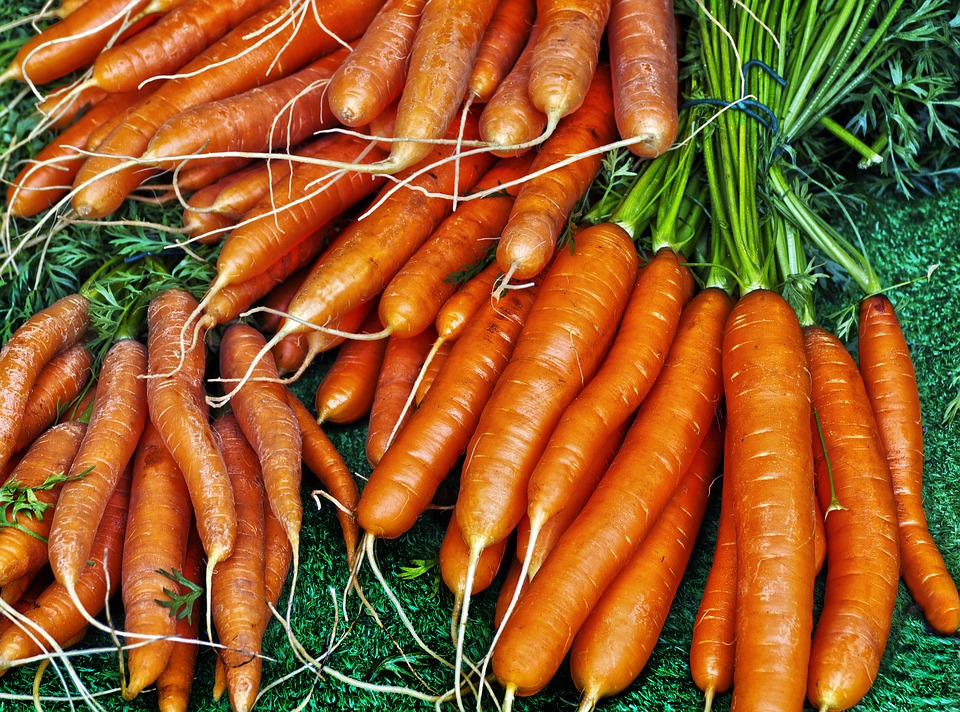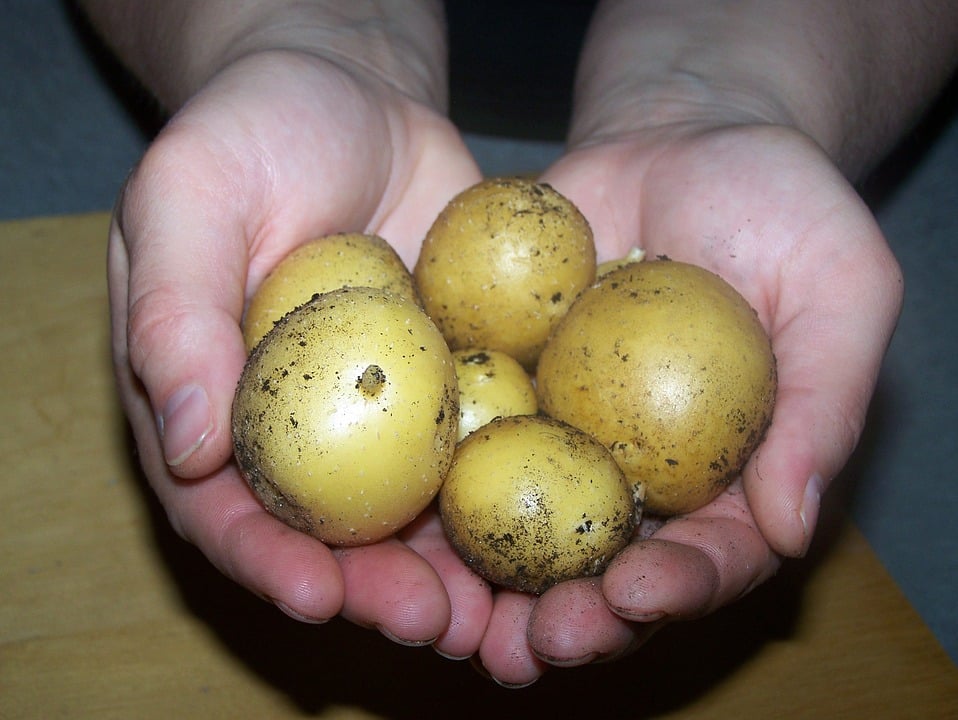We have been blessed with an abundance of modern day conveniences, technology, and advancements that make your lives considerably easier each day. The presence of telephones, microwaves, computers, and televisions have forever changed the way that we live our lives. While many of us couldn’t imagine life without these modern-day conveniences, there is one group of people who have decided to explore the freedom of living life off the grid and self-sustained.
These individuals are calling all their modern-day conveniences into question, exploring their options and discovering ways to return to a more ‘minimalistic’ way of living. For some, this means giving up some of the frills and conveniences, such as living life without a television or skipping the microwave in favor of cooking all their food in an actual oven. For others, this is a challenge to cut back on even bigger conveniences in our lives, including exploring the idea of life without freezers or refrigerators.

Before refrigeration was standard in all homes, our ancestors were able to store a number of different vegetables throughout the winter months, allowing them to maintain a healthy and well-rounded standard of living through the use of a root cellar.
If you are growing your own food and interested in a storage alternative without having to put the work into canning your entire harvest, a root cellar may be a great option for consideration!
The Farmer’s Almanac published an article discussing how to create a number of different root cellars, each with their own pros and cons. In order for any of them to work, they must be able to hold a temperature of 32 to 40 degrees Fahrenheit, and a humidity level of 85 to 95%. This may be more conducive to some areas than others, so it is important to take your climate into consideration.
How to Build a Garbage Can Root Cellar
You Will Need:
a metal garbage can or barrel capable of keeping water out
Directions:
- Dig a hole that is slightly larger than the diameter of the garbage can or barrel that you have chosen, and deep enough that it will sit with the lid approximately 4 inches above the level of the soil.
- Pile the displaced dirt back into the hole around the garbage can or barrel, packing it in firmly.
- Add straw your root cellar with the crops as you are putting them in.
- When you close the root cellar, cover the lid with straw or mulch to insulate it, and then place a sheet of plastic over top to keep everything dry.
This style of root cellar has been found effective to store a variety of root vegetables throughout even the coldest winter weather. In order to ensure that your root cellar is working correctly, including a thermometer and a hygrometer to measure both the temperature and humidity.
Vegetables that will Store Well in This Style of Root Cellar Include:
- Beets
- Cabbage
- Carrots
- Cauliflower
- Celery
- Dry Beans (in dry containers with tight lids)
- Leeks
- Parsnips
- Potatoes
- Sweet Potatoes
- Turnips
